Foliage that is toxic to pets – 9 plants to be wary of during the holidays
Decorating your home with winter foliage is often a wonderful tradition during the holidays, but be mindful of these festive plants that can pose a threat to your pets
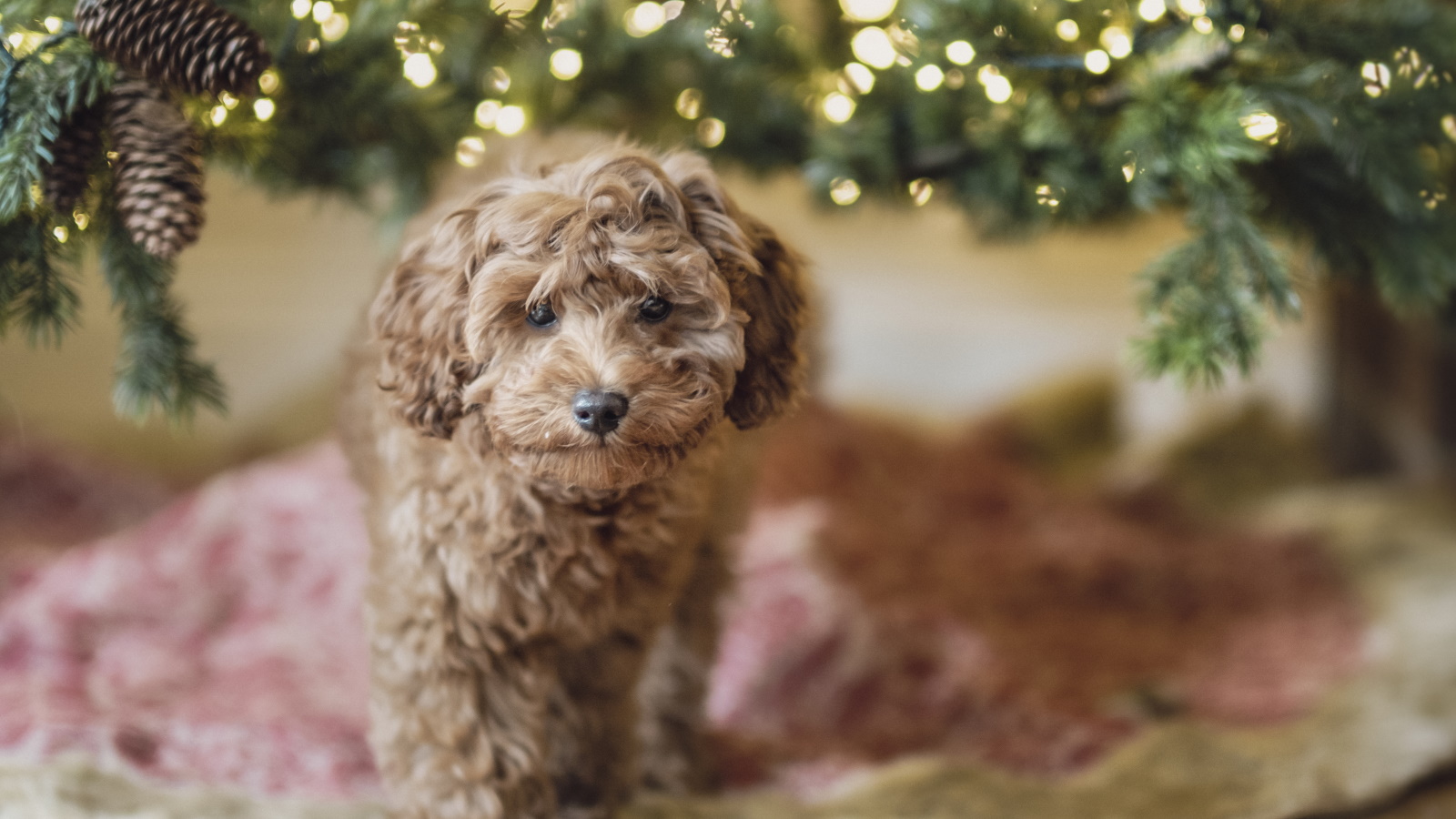

We all love bringing winter greenery indoors to decorate our homes at this time of the year.
The scent of pine needles and glow of lights reflecting off creamy mistletoe and scarlet holly berries is as iconic as the roast turkey on the table.
But while they look attractive, several of these Christmas foliage plants are poisonous to our pets, so we must take care where we put them.
Which plants are toxic to pets?
Each year veterinary surgeries will see their waiting rooms fill with pet owners whose cats and dogs have sampled poisonous plants around the house.
Luckily, most pets instinctively know if a plant is toxic and are unlikely to chew them after the first inquisitive sniff. However, as a precaution we have listed nine varieties to be aware of when choosing greenery and other plants to decorate your home this holiday season.
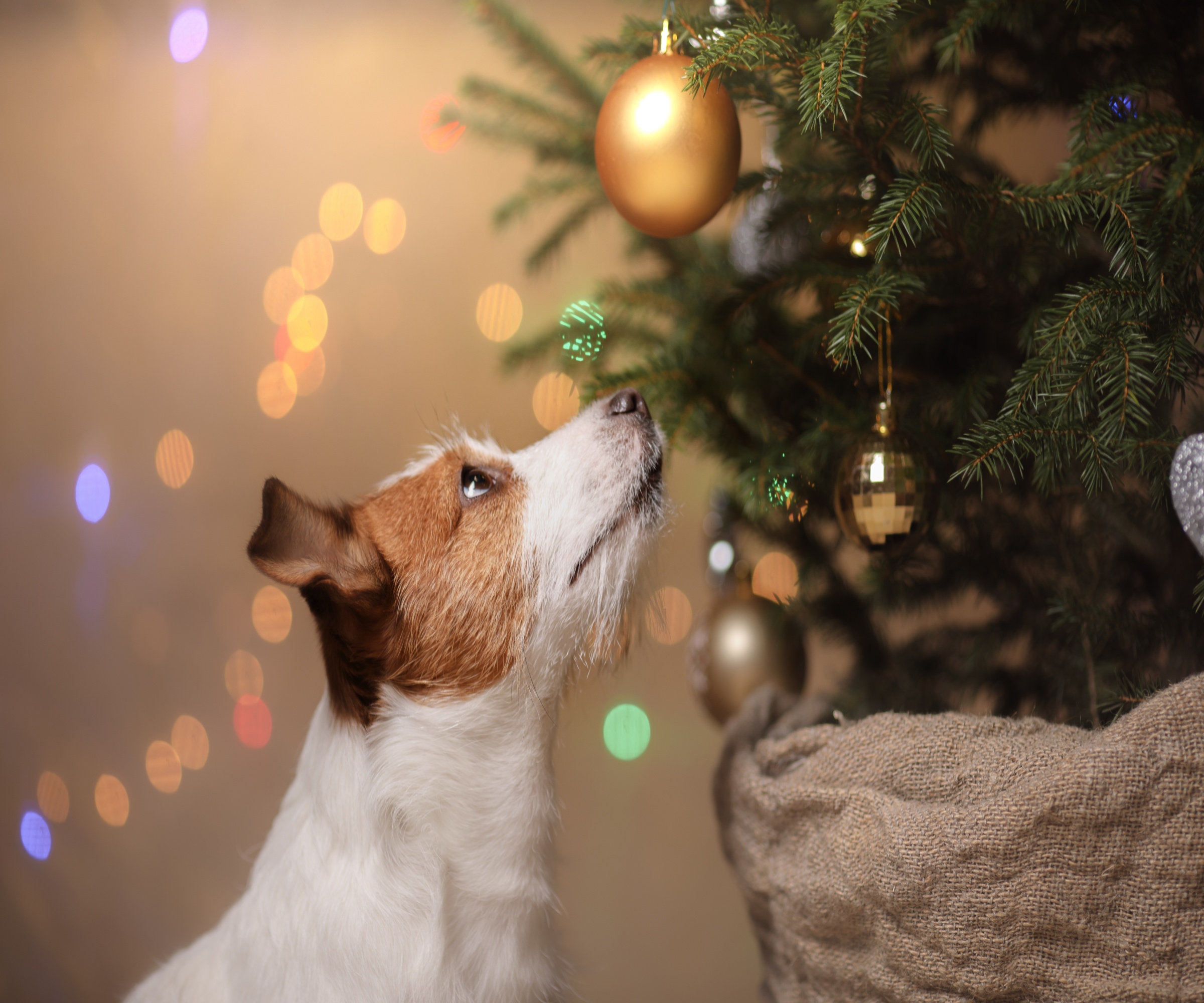
Most pets instinctively know which houseplants to avoid
1. Holly
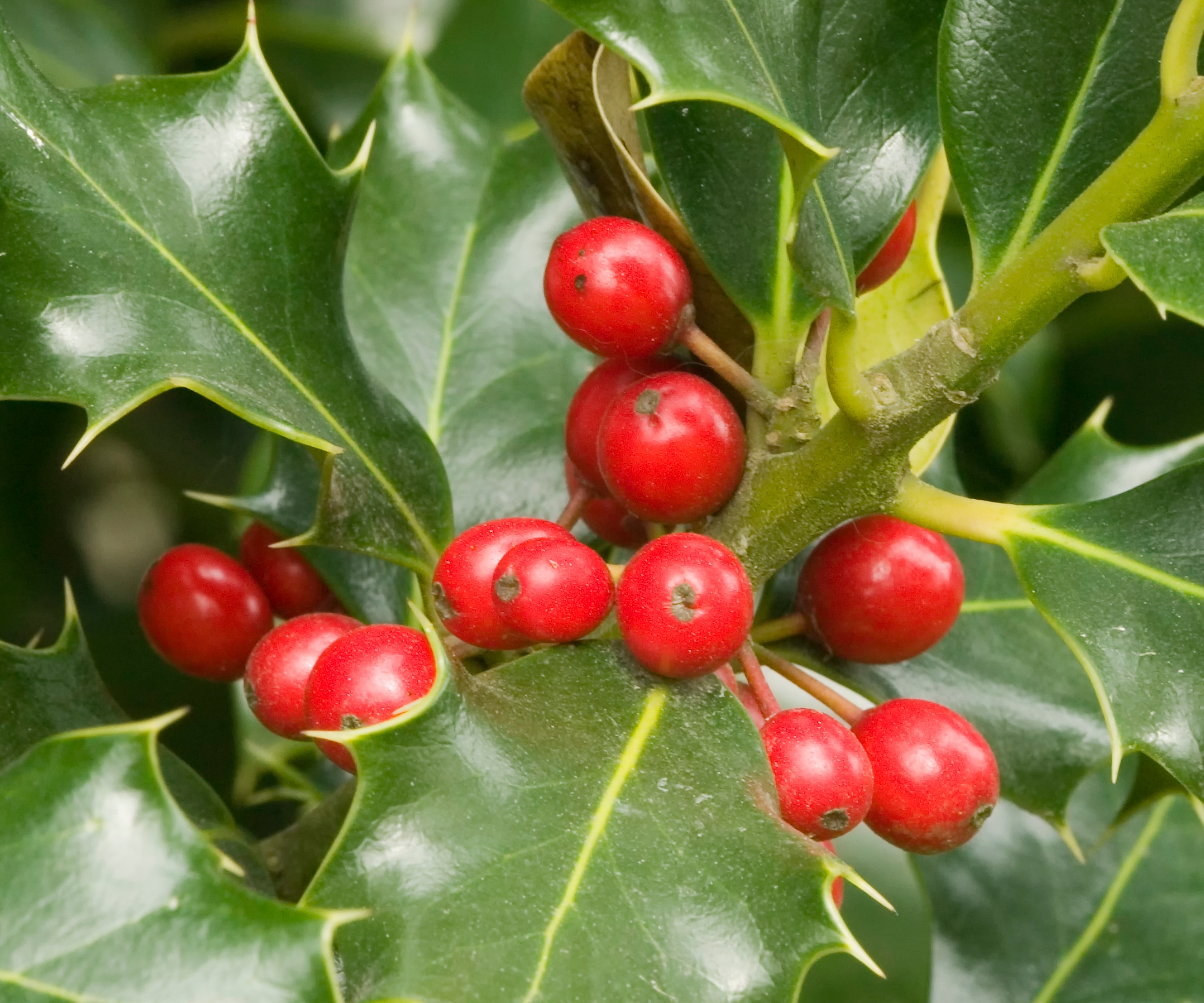
Holly berries are lovely festive decorations but are dangerous to pets
Celebrated in the beloved carol The Holly and the Ivy, the bright scarlet berries and glossy leaves of holly make it one of the best Christmas plants.
But beware. The spines on its sharp leaves can cause injuries to paws, noses and eyes, while the berries, and to a lesser extent the foliage, contain the chemical theobromine that causes vomiting, diarrhoea and high blood pressure.
2. Ivy
Ivy is beautiful as a trialing foliage, and tempting to include as part of indoor garland or wreath designs.
Although not as toxic as holly, ivy leaves can cause skin irritation to sensitized pets and the berries can also cause stomach upsets, so display it in areas where pets are unlikely to reach.
3. Yew
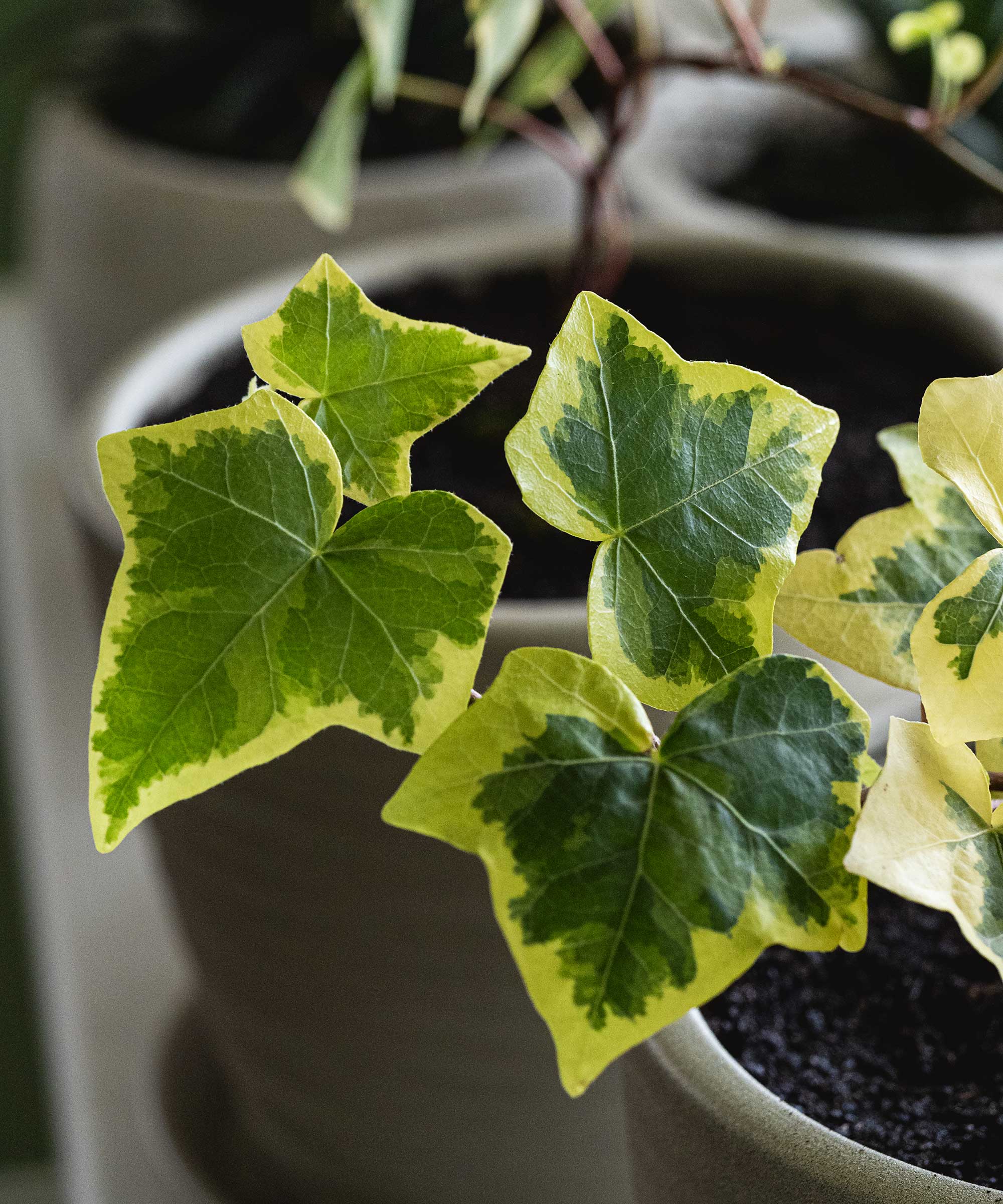
Ivy is a popular Christmas decoration but can be poisonous to pets
There is a reason yew trees are often planted around cemeteries. Livestock know the foliage and berries are poisonous and keep clear, so the grass stays pristine and untrampled.
Although yew makes an excellent privacy barrier for your yard, and the boughs are dramatically stunning with their dark green needles and bright red berries, the entire plant is extremely toxic to animals and humans, causing gastric upsets and convulsions, so think twice about introducing it to your home.
4. Winter cherry
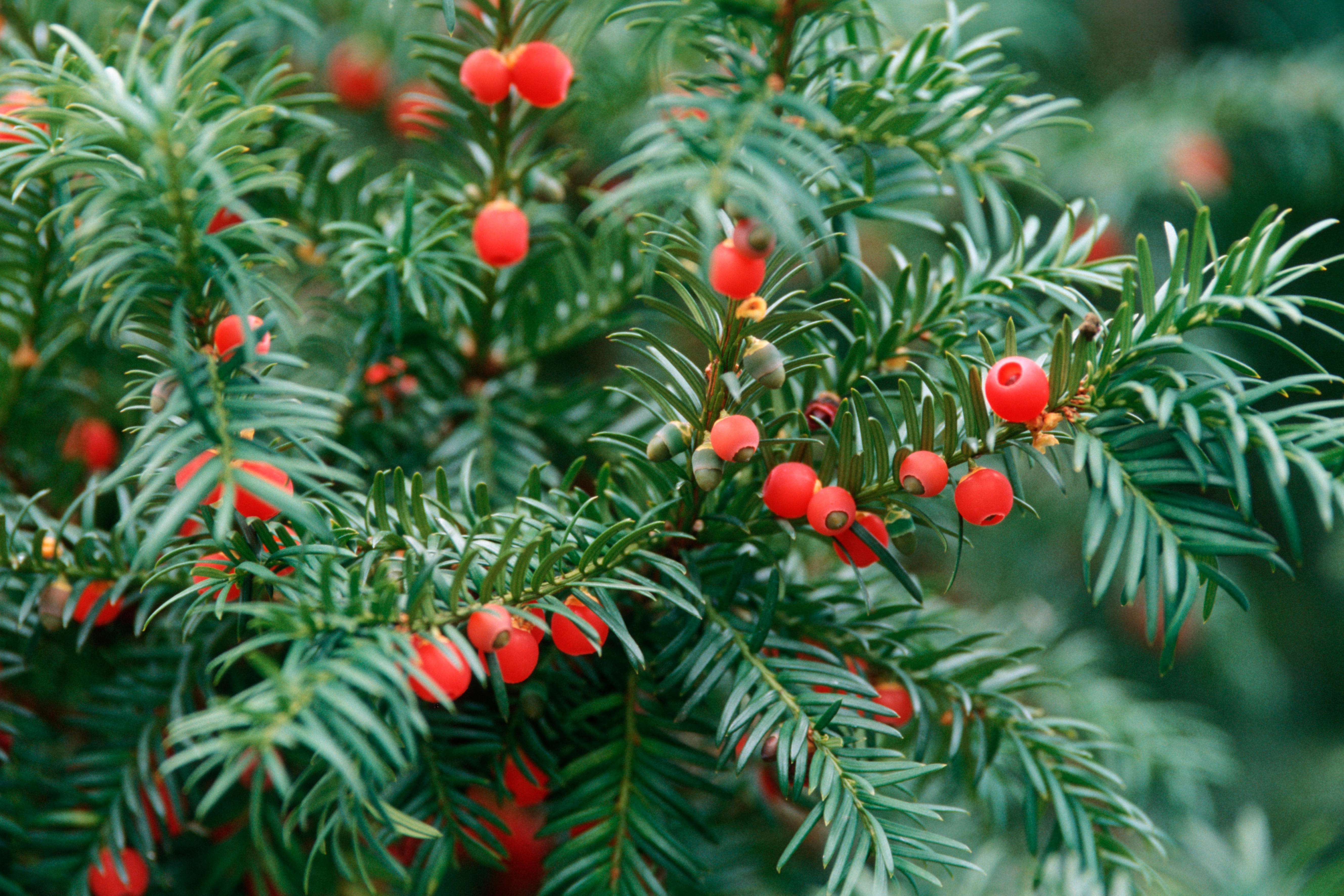
Yew is visually stunning but extremely toxic to humans and pets
The little orange fruits of Jerusalem cherry, or winter cherry may look like tasty cherry tomatoes, but as their Latin name Solanum pseudocapsicum suggests, they are something very different.
The fruits produced by these small shrubs can cause headaches, stomach cramps, vomiting and diarrhoea, so keep them out if reach and try to avoid including them in your Christmas table decor ideas.
5. Christmas trees
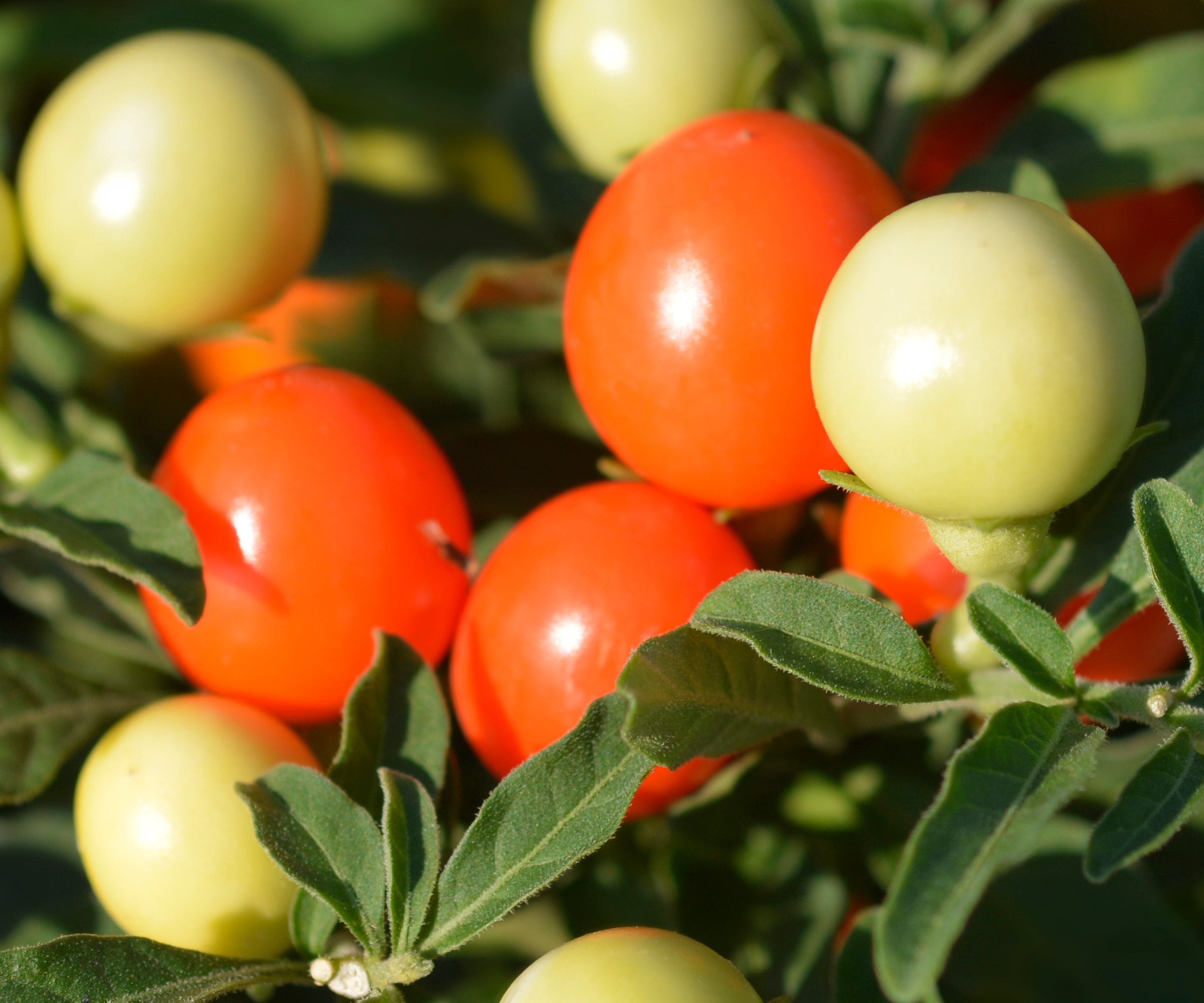
The orange berries of Solanum pseudocapsicum or Jerusalem cherry are toxic
The tree is usually the focal point of festive house dressing, but no matter how glamorous your Christmas tree ideas, dangers can lie withing its gaily festooned branches.
The pointed needles can cause injuries to paws, tender mouths and noses as well as dangerous - not to mention expensive - internal damage if eaten by a curious pooch.
The sprays we sometimes apply to seal the needles to prevent moisture loss and needle drop can also be toxic to pets, as well as a fire risk, so keep naked flames away from your tree.
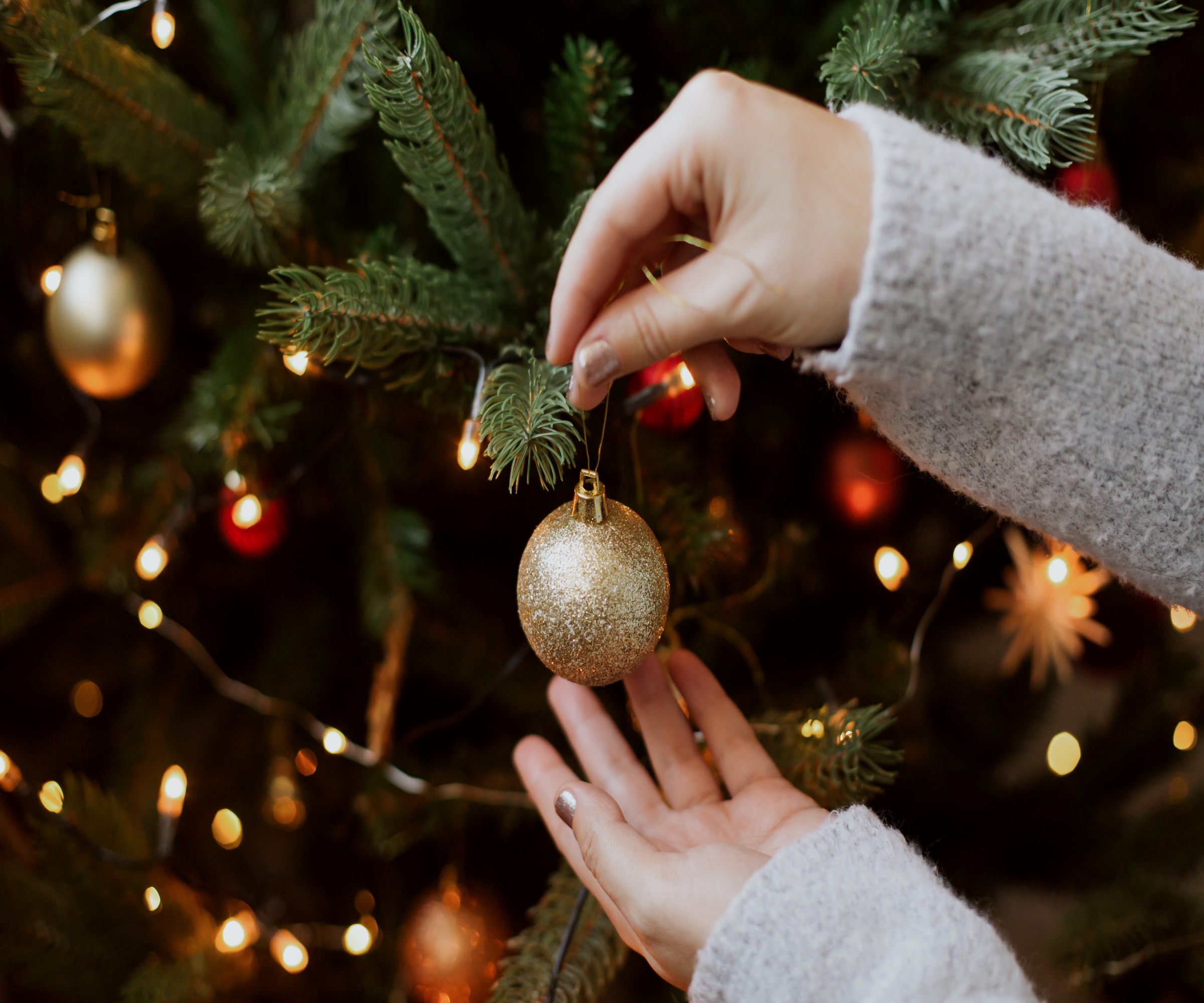
Christmas trees are a festive centrepiece but the needles can be dangerous to pets
6. Poinsettia
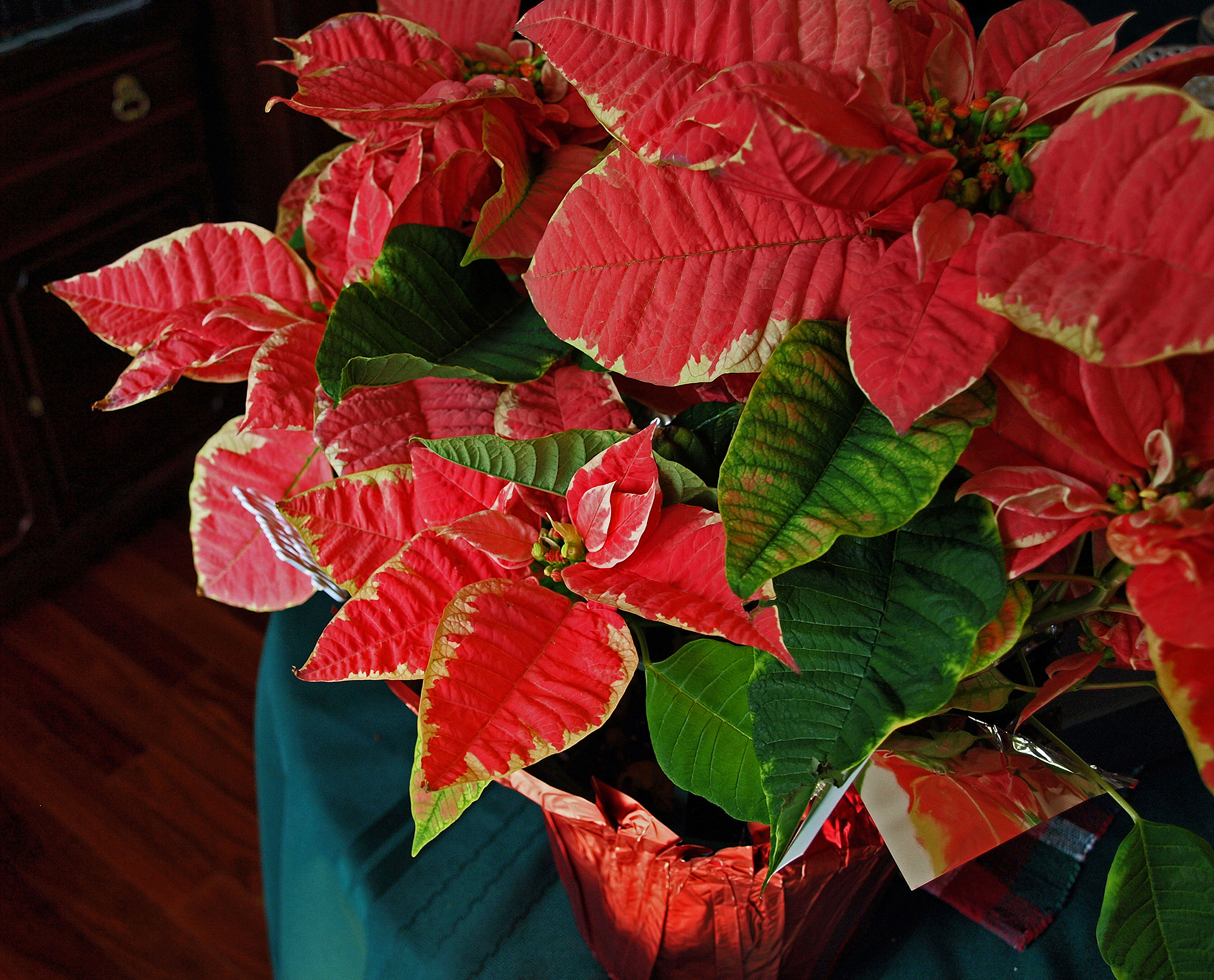
Poinsettias are a cheery festive plant, but watch out for their irritating sap
The elegant scarlet leaves of poinsettias are a popular and jolly addition to the winter home, but beauty is only skin deep when it comes to this member of the Euphorbia family.
Although poinsettias aren't poisonous if eaten by a cat or dog, if cut the stems will exude a thick white sap, which can cause skin irritations, damage to eyes and nose, and can aggravate tender mouths, so it's a good idea keep them out of the way of pets and children.
7. Mistletoe
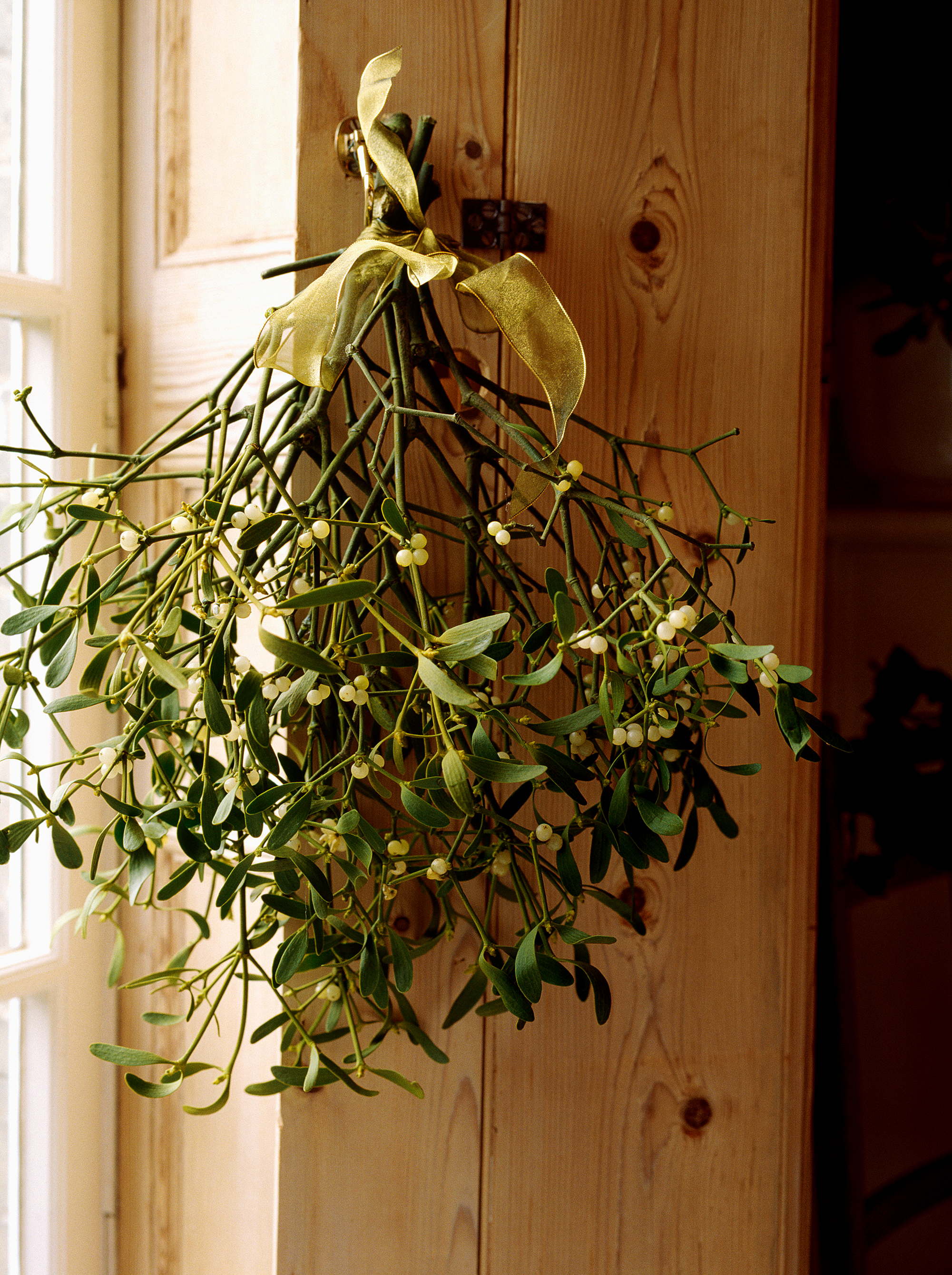
Mistletoe is a traditional festive favourite, but the berries are toxic
A Christmas kiss under the mistletoe is a romantic staple of the season, but although it is one of the best Christmas plants to bring indoors, make sure the berries are kept away from curious cats and dogs.
They contain a range of toxic chemicals including polysaccharides, alkaloids, and lectins which can cause gastrointestinal irritation such as vomiting and abdominal pain.
If a lot of berries are consumed, your pet may experience irregular heartbeat and low blood pressure.
8. Amaryllis
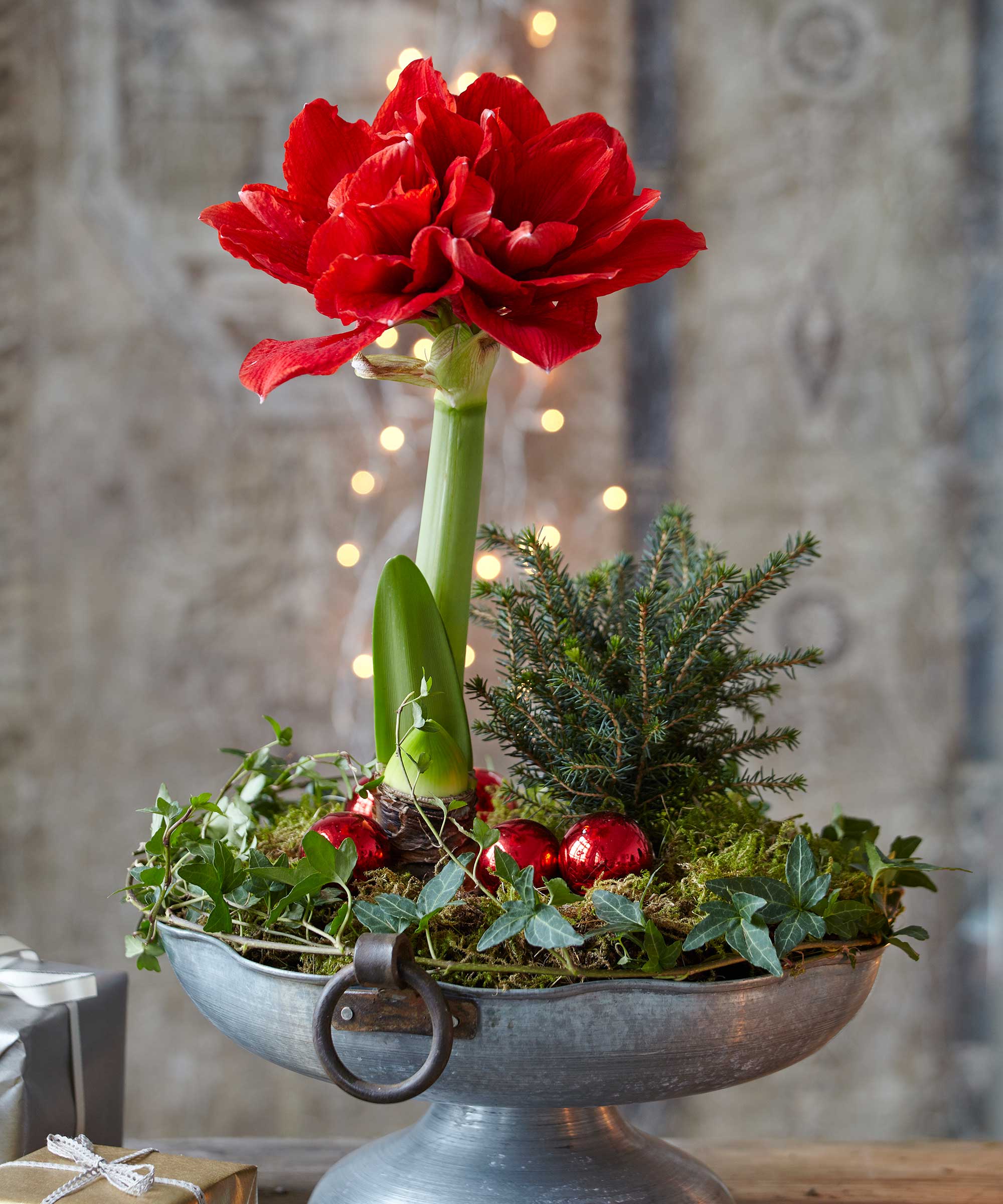
Amaryllis are perennially popular plants for Christmas and the New Year but they are toxic to pets
All of the amaryllis plant, from the bulb up to the flowers, are toxic to cats and dogs. Symptoms of ingestion include vomiting and diarrhoea, trembling and loss of appetite.
Amaryllis, also called hippeastrum, are very popular Christmas plants and the bulbs can be kept from year to year and re-started each fall. Just make sure they are stored safely out of the way.
9. Lilies
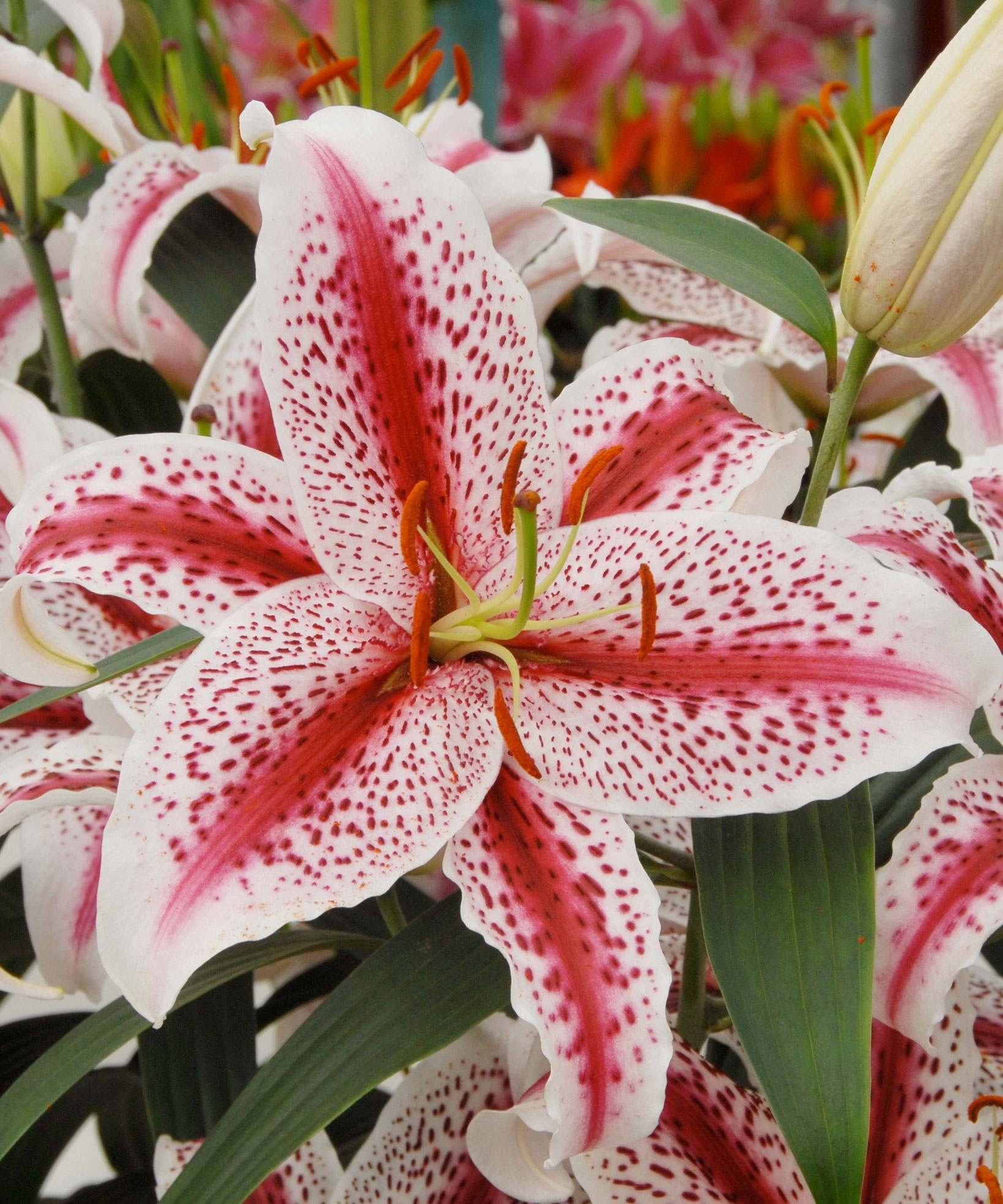
Lilies add glamour and scent to any room, but they are very toxic to cats and other pets
Lilies are beautiful but sadly are especially toxic to cats. If the pollen gets onto fur and is licked off during grooming sessions, it can cause sickness and kidney failure.
One way of keeping your pets safe is to cut off the pollen-laden stamens when you get the plants home, or buy sterile varieties that don’t produce pollen.
FAQs
How can I keep my pets safe from festive foliage?
Where possible make sure plants are out of the reach of your pets and clear up pine needles, fallen leaves and berries every day.
It is easier to keep dogs away from problematic plants, but cats love to climb and explore, so be extra vigilant over the holiday period and consider using a deterrent such as this pet-safe indoor spray by Scobuty on Amazon if your pet is very persistent.
Are there any pet-friendly houseplants?
Yes, there are plenty of pet-safe indoor plants that you can fill your house with without worry.
African violets, Chinese money plants, spider plants, house leeks (sempervivum) and Boston ferns are all safe to bring indoors.
These are quite small and suitable for a table top, but if you are looking for something larger to make a statement in your rooms, you could also consider a banana plant, aspidistra, fan palm or money tree.
Many pet-safe indoor plants are low-maintenance and also help keep the air clean, which can minimize the risk of pet allergies too.
Although ivy leaves and berries can cause skin and stomach irritations in your pets, there is no need to panic and strip it all from your yard. Do take care that they don't come into contact with hellebores, however, as these flowers can be toxic to pets.
The berries are an essential winter food for garden birds, and the stems and leaves make excellent hibernation homes for all sorts of insects and invertebrates that will help keep small yard pests at bay next summer.
Sign up to the Homes & Gardens newsletter
Design expertise in your inbox – from inspiring decorating ideas and beautiful celebrity homes to practical gardening advice and shopping round-ups.

Ruth is a Contributing Editor for Homes & Gardens, and formerly Gardening Editor of Amateur Gardening magazine. She is horticulturally trained, with a qualification from the Royal Horticultural Society. Her work for Amateur Gardening, the world's oldest weekly gardening publication, involved matching gardening tasks with each season, covering everything from sowing and planting, to pruning, taking cuttings, dealing with pests and diseases and keeping houseplants healthy. She is an expert in ornamental plants and edible crops, and everything she writes about and photographs is in her own garden, that has been a work in progress since her family moved there in 2012.
-
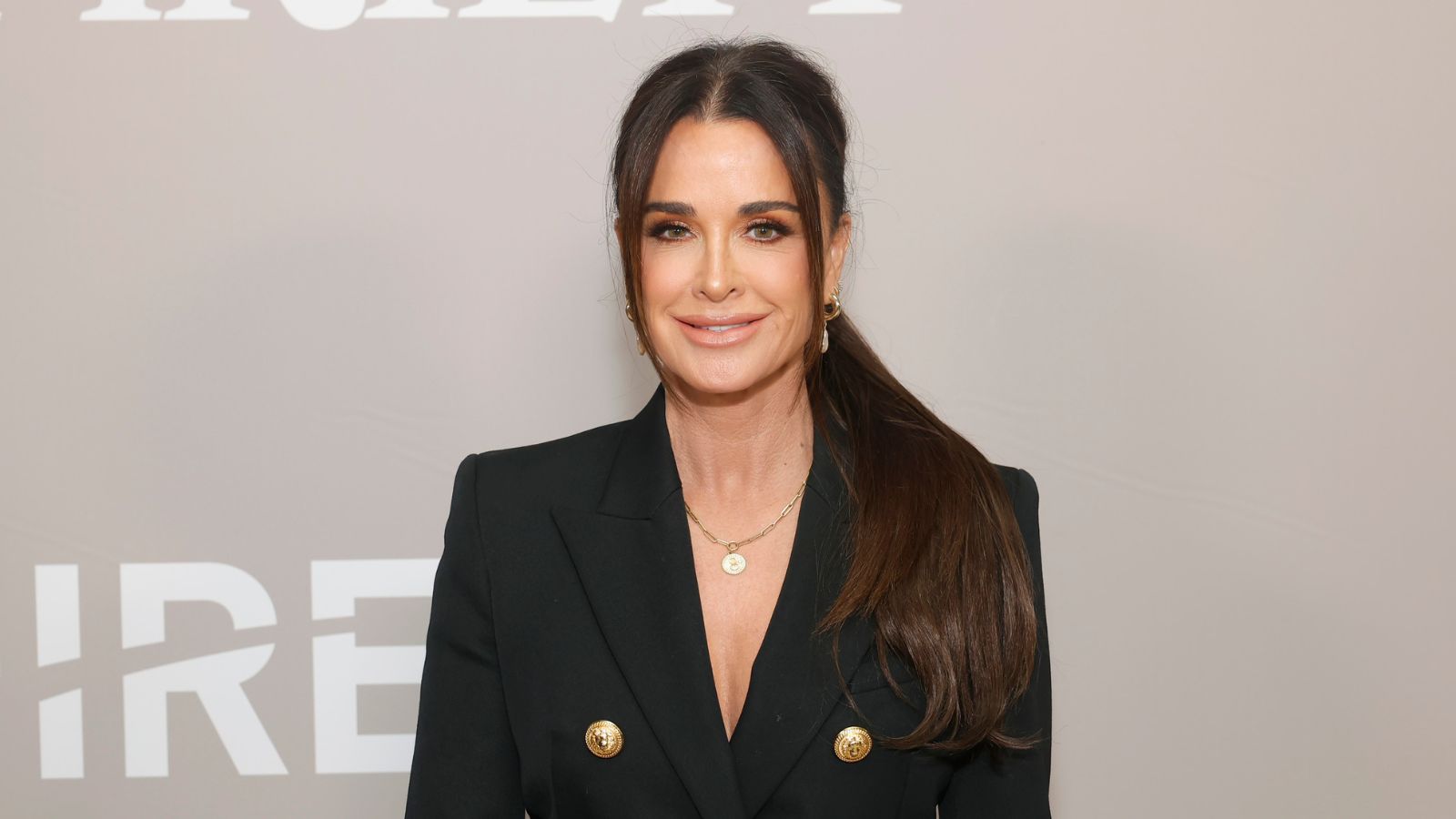 Kyle Richards' unconventional styling encourages you to use shelves for more than books – it's a fresh twist on 'bookshelf wealth' for 2025
Kyle Richards' unconventional styling encourages you to use shelves for more than books – it's a fresh twist on 'bookshelf wealth' for 2025The Real Housewife of Beverly Hills intentionally decorated her shelf with ceramics and accessories that have enough room to breathe, and designers love her look
By Hannah Ziegler
-
 These five easy Easter place name ideas are too pretty not to try - here’s how to make them ready for Easter
These five easy Easter place name ideas are too pretty not to try - here’s how to make them ready for EasterThese easy Easter place name ideas are so simple that anyone can recreate them in time for the Easter weekend to bring personal touch to holiday hosting
By Katrina Harper-Lewis